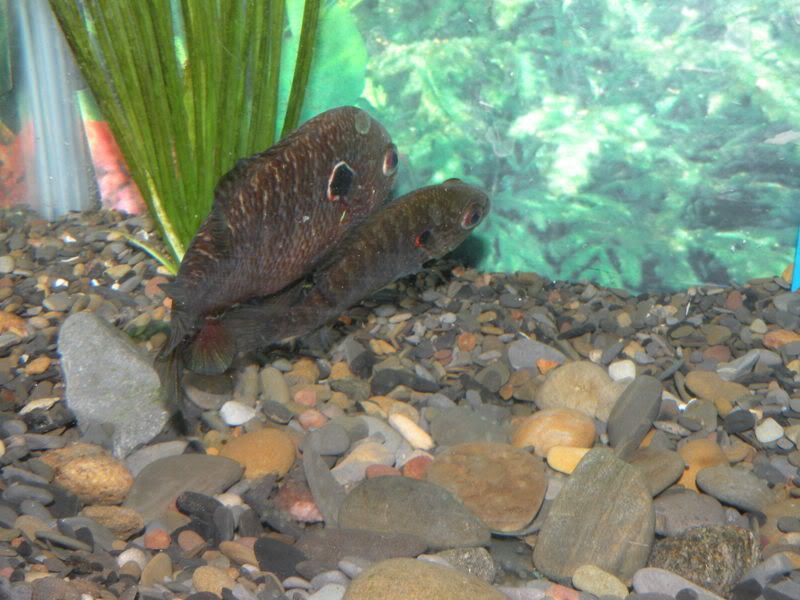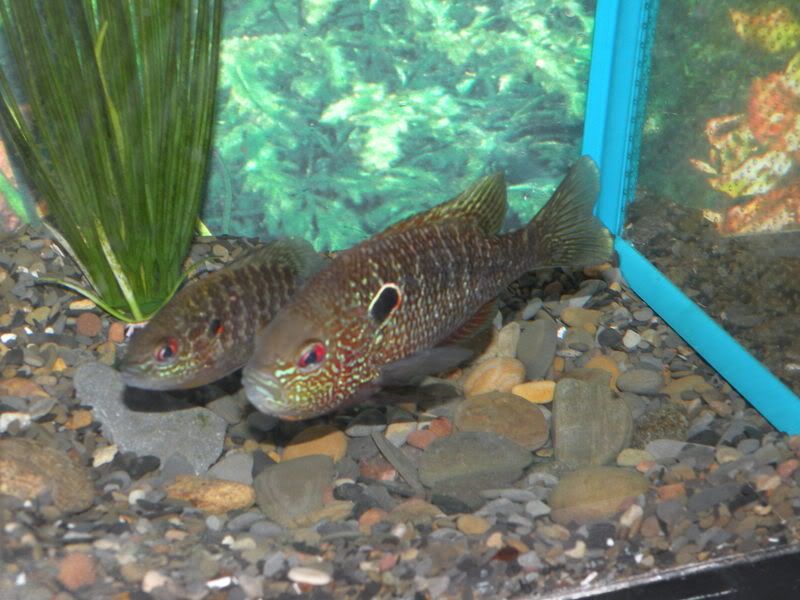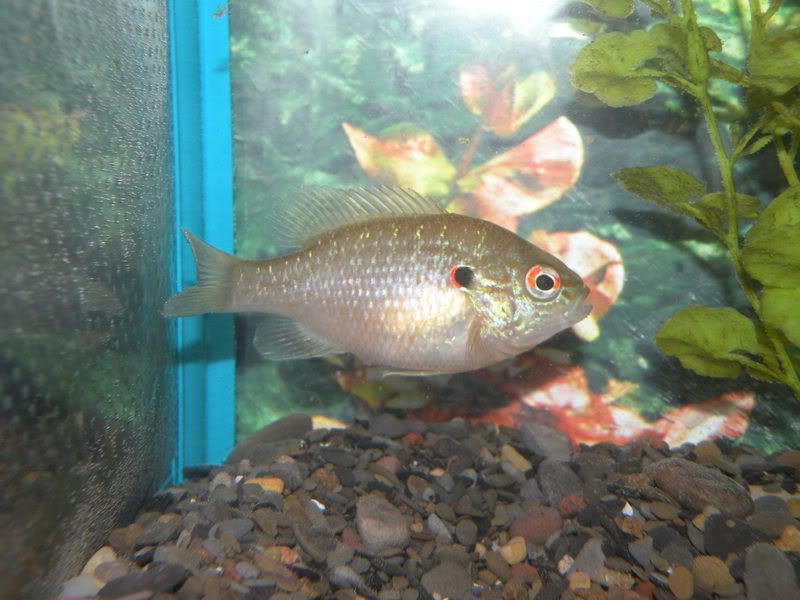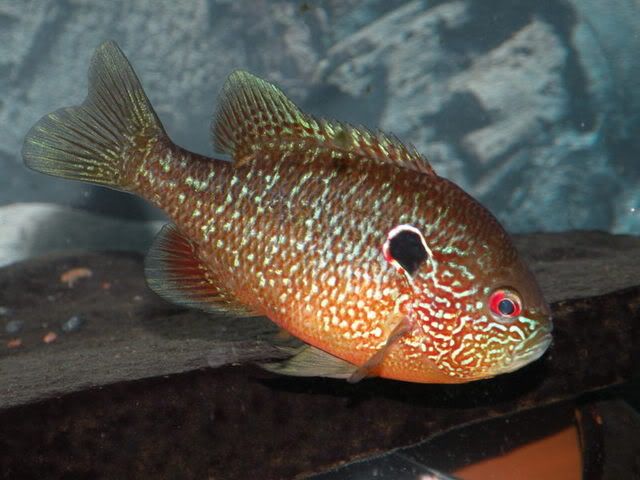


Video
Posted 20 October 2008 - 08:03 PM



Posted 20 October 2008 - 08:21 PM
Posted 21 October 2008 - 12:00 PM
Posted 21 October 2008 - 01:05 PM
Arthur,
That's a great video and photos too. Thanks for posting them.
I'm also interested since I see the same drab colors in my captive longears. I'm not knocking your fish coloration (after all I have the same problem) but wild fish caught in this state seem to have such vibrant color compared to my captive fish. I wonder why that is.


Edited by sandtiger, 21 October 2008 - 01:06 PM.
Posted 21 October 2008 - 01:19 PM
Posted 21 October 2008 - 03:02 PM
Thanks for the videos and photos.

I think your male looks great. My male longear, pretty sure he's a male, stays pretty colorfull, but he is in a tank with other sunfish.
You have any tips on sexing them.
Posted 21 October 2008 - 03:37 PM
Posted 21 October 2008 - 09:17 PM
Is that the girl I sent you a while back?
Congrats on the spawn! I noticed the colors with my longears as well. Their reds always came out more when I fed them things like worms and bloodworms, but most of the time they were more drab than any others I had seen.
Posted 22 October 2008 - 02:00 PM
As for the male I've always thought of him as being pretty colorful but I've never had experience with wild caught longears. They occur in NY but have a very limited range and are listed as threatened. These fish actually came from Brian originally. This picture does him a bit more justice.
Posted 22 October 2008 - 07:37 PM
Posted 25 October 2008 - 08:28 AM
Posted 25 October 2008 - 08:35 AM
Great pics and video. Have your young hatched yet and what are they eating?
Rick
Posted 26 October 2008 - 09:14 AM
They've hatched but aren't free swimming yet. I have brine shrimp ready for them.
Posted 28 October 2008 - 01:29 PM
Posted 10 December 2008 - 03:52 PM
Posted 10 December 2008 - 04:31 PM
Posted 10 December 2008 - 11:47 PM
Thanks for the compliments. Unfortunately none of the fry survived. They lived for about a week eating brine shrimp and then they just started dieing off and all were gone within a couple days. I'll be trying again though.
Posted 11 December 2008 - 09:36 AM
I've heard of what seems to be the same problem with the O-spotted sunfish. I think I read about it here on the forum somewhere. Can't help but wonder what must be missing in the aquarium environment that the fry might be accessing in their natural habitat. It seems like cichlid fry tend to be a little more forgiving to our artificially generated habitats than the sunnies (?).
I think I'll ask around a bit to see how others may have overcome this particular obstacle.
Please keep us informed on how your next effort comes out.
Posted 11 December 2008 - 01:48 PM
Such a loss with young longear sunfish broods likely do to PMS (Poor Management Syndrome). I commit such acts of PMS regularly. When workiing with early development stages you need to stay on the ball.
O-spotts simply diffifcult to rear.
Posted 11 December 2008 - 05:02 PM
I did frequent water changes, every other day IIRC. The tank was however a 10g and so my line of thinking is similar to yours. My next attempt will be in a 20g.
0 members, 0 guests, 0 anonymous users